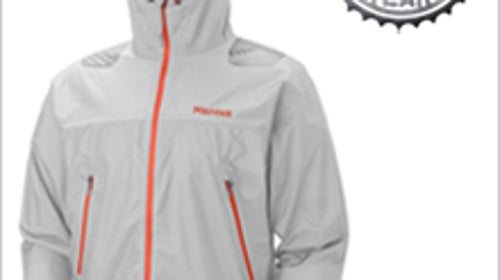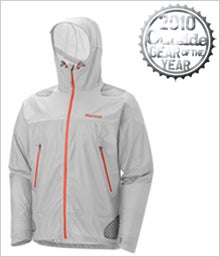You might not recognize all the new jacket ingredients these days, but the main courses remain the same. There are still waterproof-breathable hard shells for full-on deluges, breathable and stretchy soft shells for just about every other kind of weather, and the growing category of lightly insulated jackets for when you need a bit of warmth. Here are a few pointers to help narrow the field. With hard shells, you’ll want pit zips if you’re heading anyplace hot or humid. Soft shells: Generally speaking, the more wind- and waterproof it is, the less breathable it is. Insulated jackets: Look for a lightly stuffed, trim-fitting option if you think you’ll layer over it. Now, for those proprietary fabrics and materials: If the salesperson—whether in an online chat bubble or in person—can’t confidently and clearly explain the stuff, we recommend you take your business elsewhere. Or go to , ask us a question (about jackets or any other piece of gear, for that matter), and we’ll be happy to set you straight.
We knew we had an exceptional waterproof-breathable jacket on our hands when, after field-testing the Marmot Super Mica for five months, one of our most jaded reviewers reported, “It’s the best backcountry shell I’ve ever worn.” The reason is pretty simple. Normally, ultralight jackets like the Super Mica save weight by forgoing user-friendly features. But Marmot has somehow managed to cram in just about everything you need in a storm shell—from a wire-stiffened brim to gaping pit zips to two big chest pockets—without hitting nine ounces. The fabric is key here. Marmot’s 30-denier house-brand stuff is remarkably tough for how thin it is (it packs down to the size of a PB&J) and affords stout protection from the elements. Plus, at high-wear areas at the shoulders and hips, the jacket is reinforced with thin strips of laser-cut seam tape. Add it all up, as one tester summarized, and you’ve got “everything you want in a jacket.”
8.3 oz;
Breathability: 4.5 (out of 5)
Packability: 4.9


